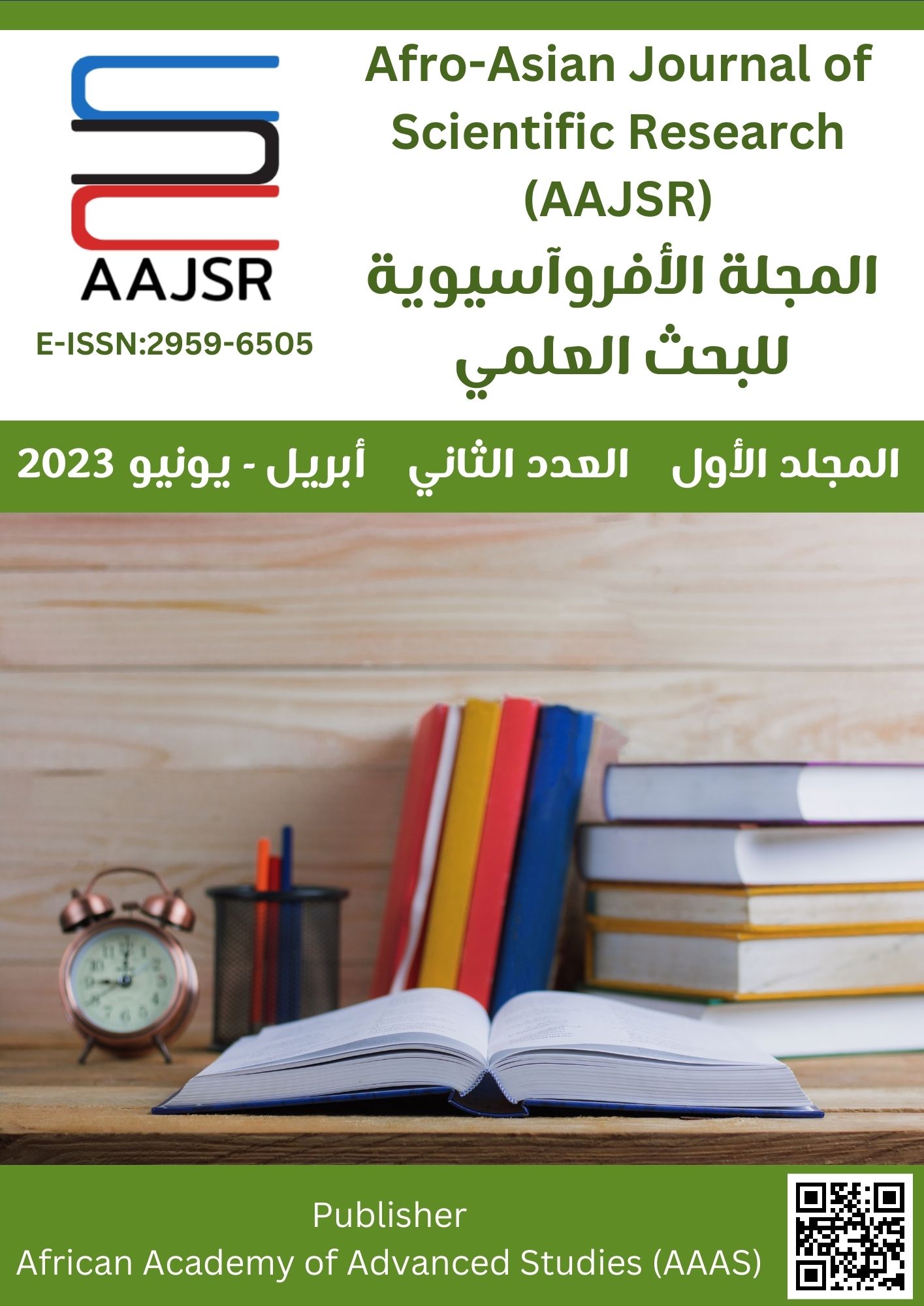Translation Strategies for Lexical discrepancies between Arabic and English: The Sand Memory as a Case Study
الكلمات المفتاحية:
Arabic-English literary translation، culture، linguistic features، foreignization، domesticationالملخص
The present article explores the semantic, syntactic, and stylistic difficulties encountered in literary translation from Arabic into English. For handling linguistic gaps, the article makes use of domestication strategies. It argues that the foreignization strategy in literary translation appears to be more faithful in the rendition of the source culture into the target one. However, it seems inadequate when it comes to the translation of linguistic features of the novel; hence, domestication strategy proves to be more appropriate in the case of translating syntactic, semantic and stylistic features from Arabic into English. In other words, the article suggests a major solution to the linguistic problems based on two criterions. First, translation should respect the TL system. Second, the source culture should be faithfully transferred to the TRs. That is, the translator must consider the cultural specificities in the ST so as to help render them to the TR in a way that does not contradict what is intended by the author. These two criterions will be further discussed in this article.






